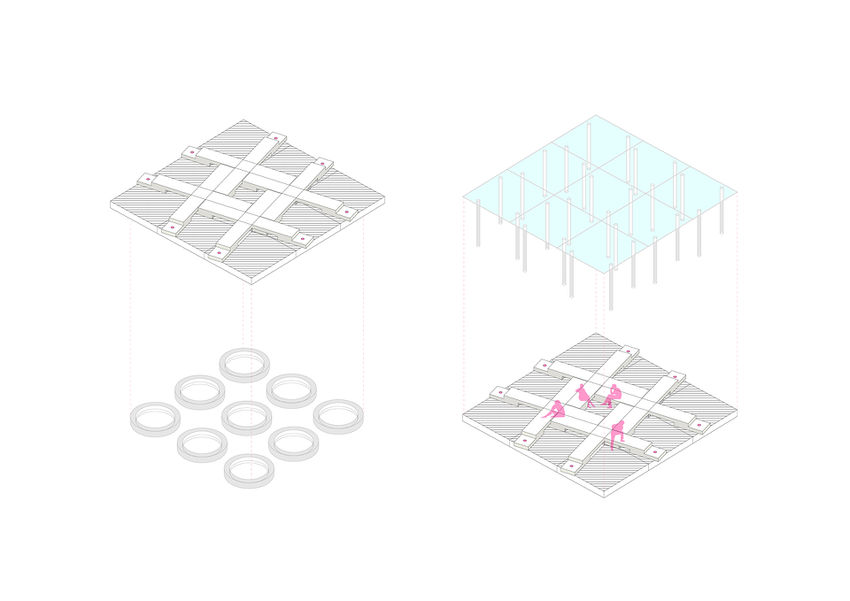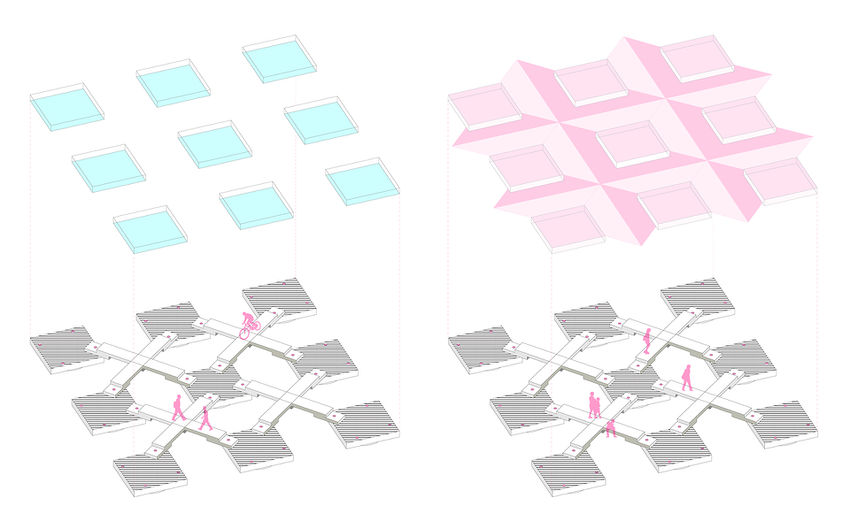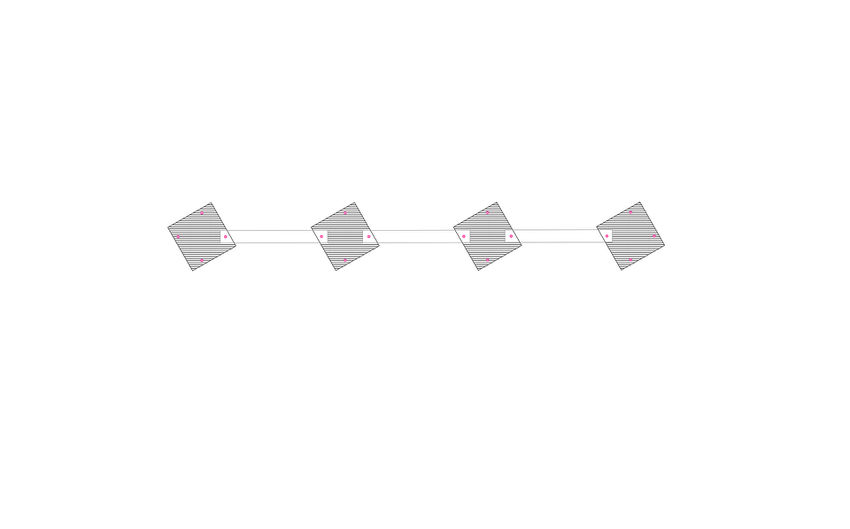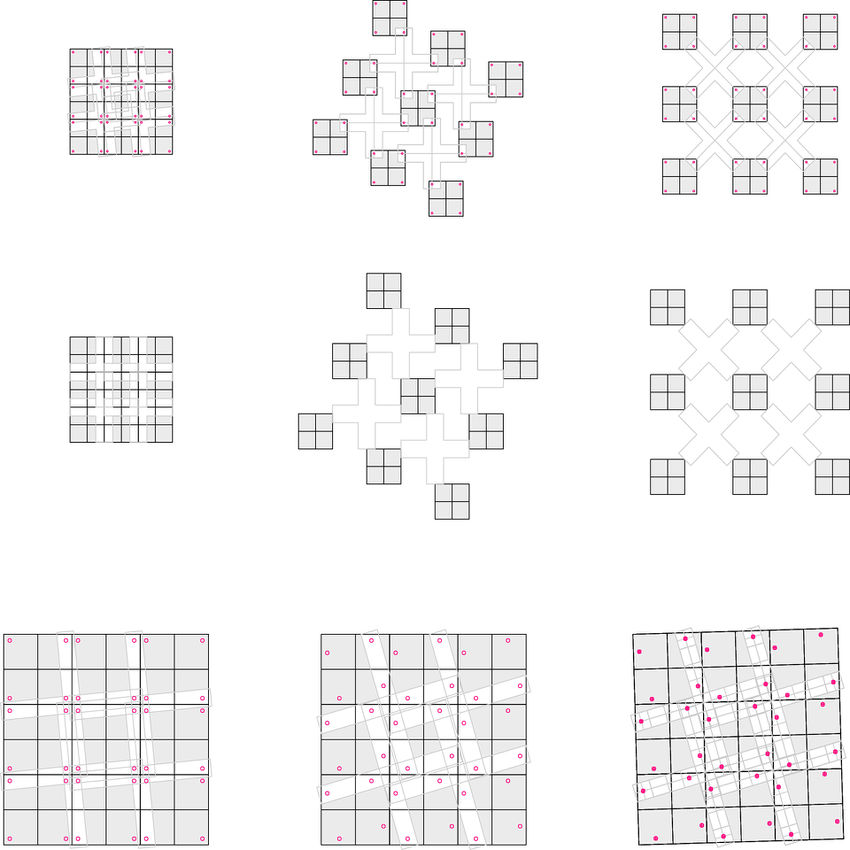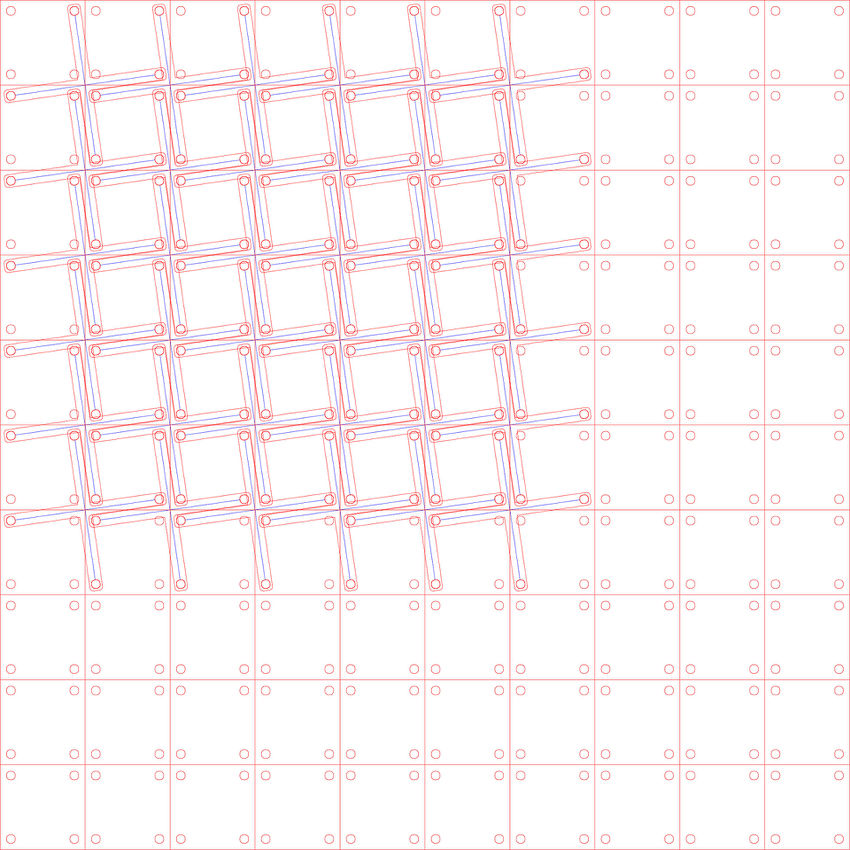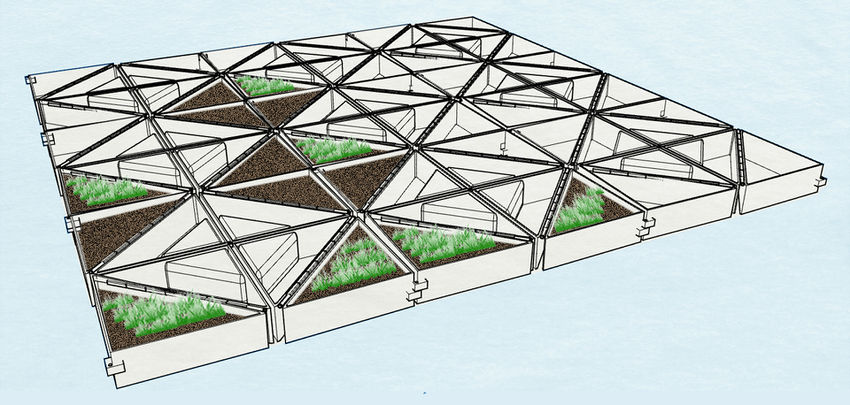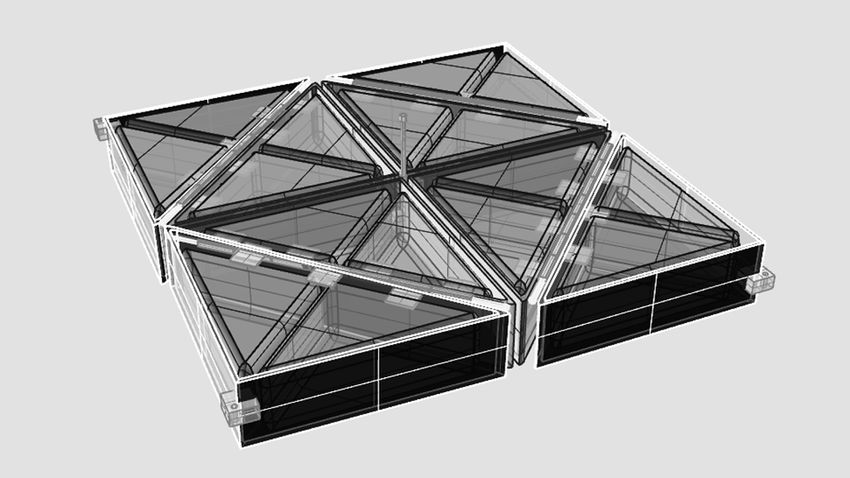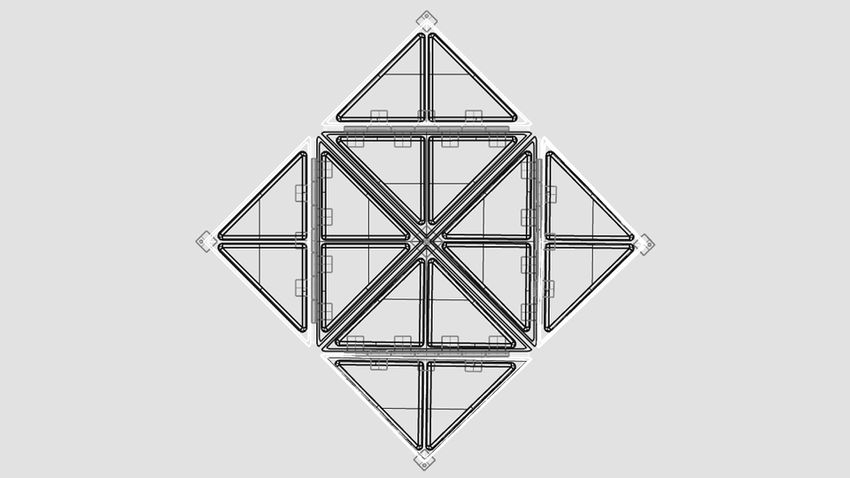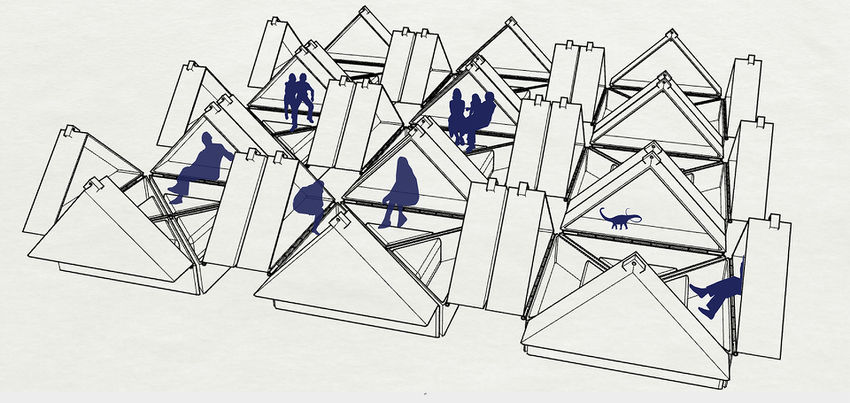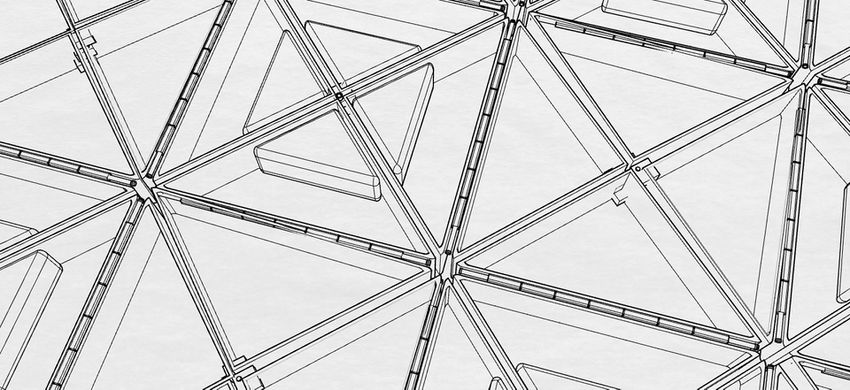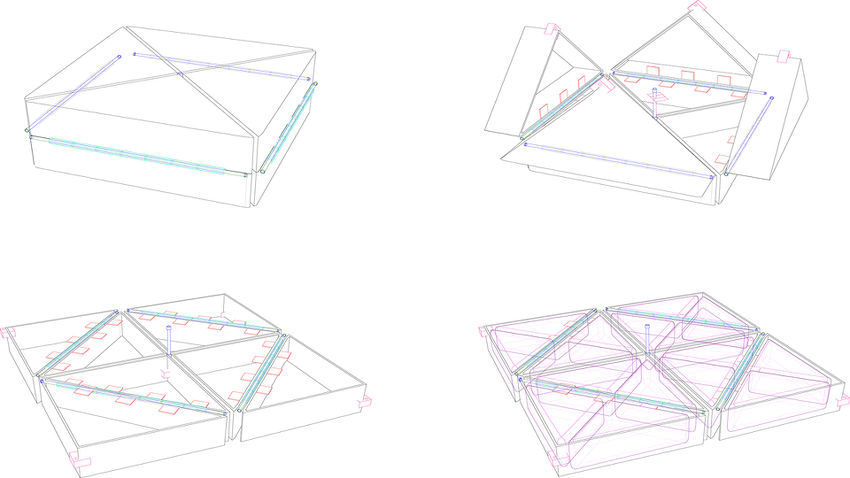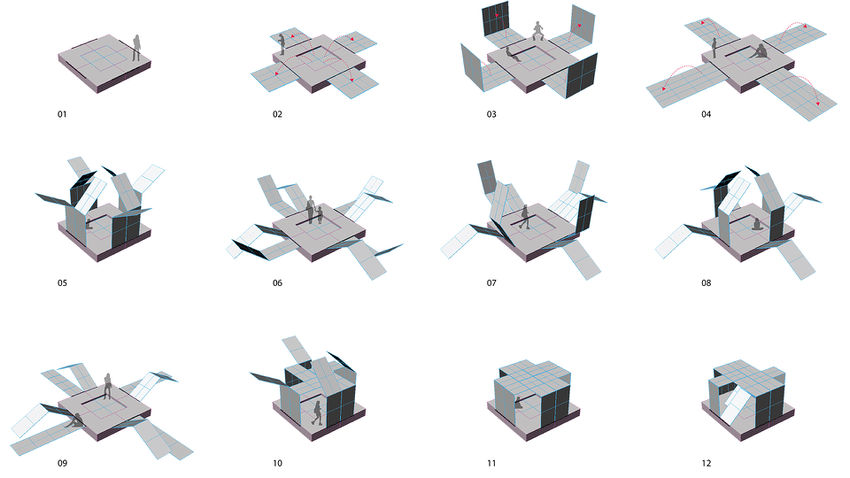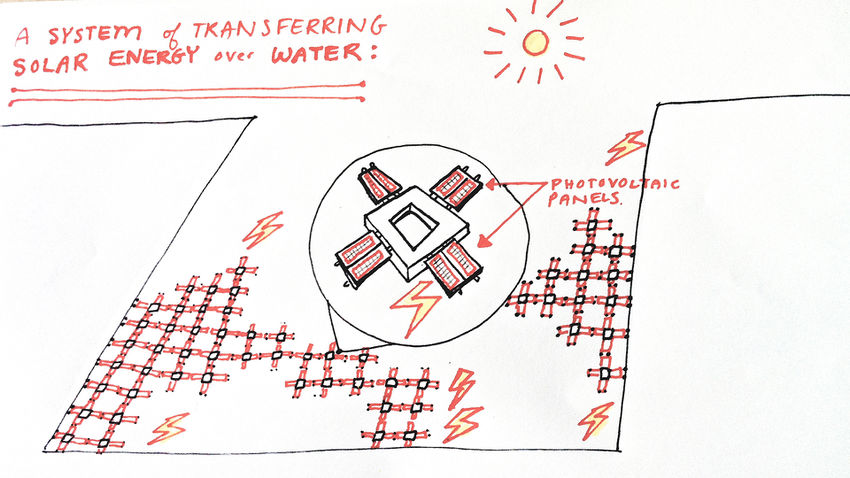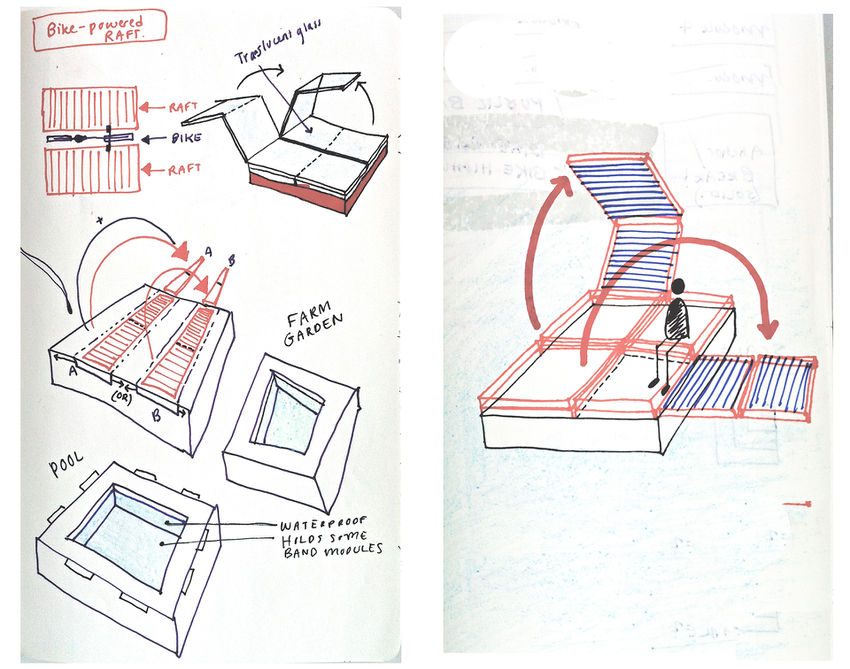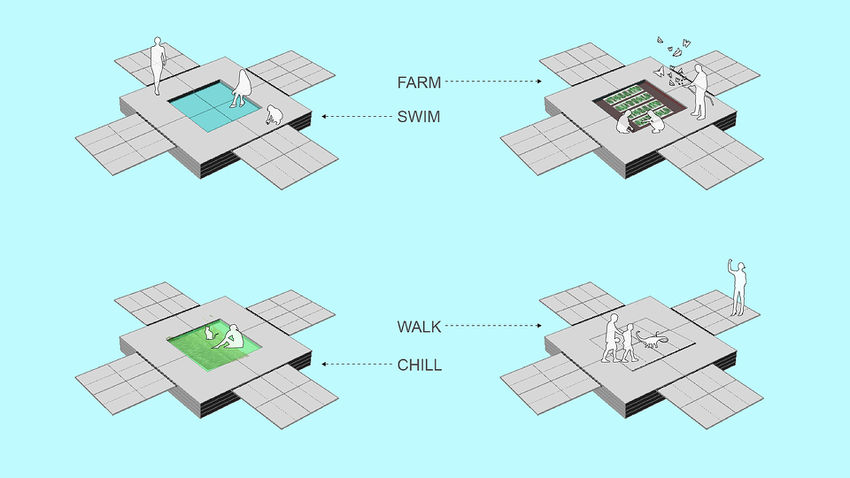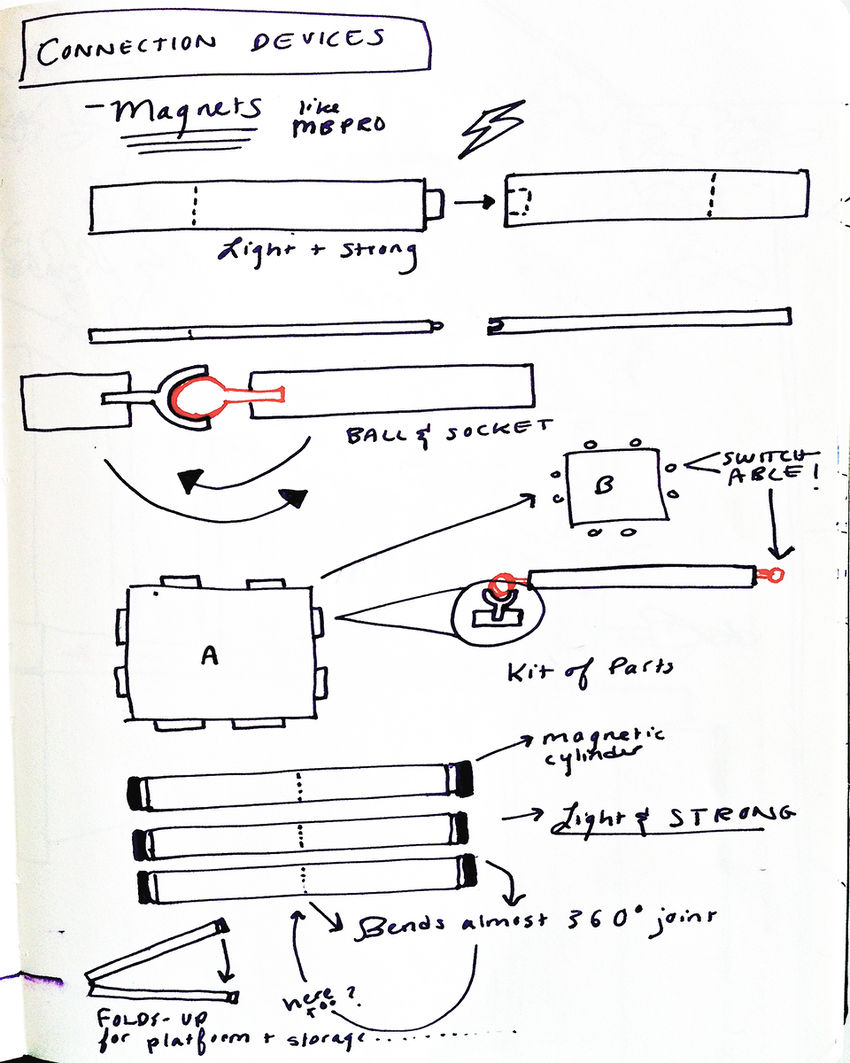project23:Performance
| Line 10: | Line 10: | ||
[[File:PROJECT23 121204 01.jpg|850px]] | [[File:PROJECT23 121204 01.jpg|850px]] | ||
</div> | </div> | ||
| + | |||
| + | == '''FORMATION 1: COMPACTED''' == | ||
| + | |||
| + | 0° / Solid Floor / Chill-Out Sport | ||
| + | Modular components for Optional Covering are stored in each platform. | ||
| + | Platforms are recessed below pathways to provide group seating. | ||
| + | Optimal for lunch hours (students) and night life events (floating theater). | ||
<div style="width: 850px; height: 600px; margin: 0; padding: 0px; overflow: hidden;"> | <div style="width: 850px; height: 600px; margin: 0; padding: 0px; overflow: hidden;"> | ||
[[File:PROJECT23 121204 02.jpg|850px]] | [[File:PROJECT23 121204 02.jpg|850px]] | ||
</div> | </div> | ||
| + | |||
| + | == '''FORMATION 2: DEPLOYED''' == | ||
| + | |||
| + | 225° / Deployable Bridge / Greatest Reach | ||
| + | This configuration is optimal as a bridging agent. | ||
| + | Pathways should be flush and continuous in the final geometry. | ||
| + | Platforms may be covered with a duplicate platform, thereby sandwiching the path geometry. | ||
| + | Optional covering may include a deployable lightweight origami structure, formed by tracing the vertices and translation vectors of the rotation axes. | ||
| + | Origami structure should include perforations to reduce wind load and may enable selection of different materials to guard against sun and rain. | ||
| + | |||
| + | |||
<div style="width: 850px; height: 400px; margin: 0; padding: 0px; overflow: hidden;"> | <div style="width: 850px; height: 400px; margin: 0; padding: 0px; overflow: hidden;"> | ||
[[File:PROJECT23 121204 03.jpg|850px]] | [[File:PROJECT23 121204 03.jpg|850px]] | ||
Revision as of 19:24, 3 December 2012
Contents |
SELF-ASSEMBLY
1. Identify the steps of the assembly sequence.
2. Define programmable parts.
3. Derive energy for actuators from solar panels.
FORMATION 1: COMPACTED
0° / Solid Floor / Chill-Out Sport Modular components for Optional Covering are stored in each platform. Platforms are recessed below pathways to provide group seating. Optimal for lunch hours (students) and night life events (floating theater).
FORMATION 2: DEPLOYED
225° / Deployable Bridge / Greatest Reach This configuration is optimal as a bridging agent. Pathways should be flush and continuous in the final geometry. Platforms may be covered with a duplicate platform, thereby sandwiching the path geometry. Optional covering may include a deployable lightweight origami structure, formed by tracing the vertices and translation vectors of the rotation axes. Origami structure should include perforations to reduce wind load and may enable selection of different materials to guard against sun and rain.
PROJECT23 12.11.19 08.jpg
CONFIGURATIONS
ISLANDS float freely and have the capacity to regroup and cluster around certain projects according to need. Since the islands cover a maximum surface area on the water, solar harvesting can be optimized and farm plants receive generous sun exposure.
== ACTIVITIES ==
ISLANDS aims to cover the purposes of recreation, relaxation, sustenance, and transit by offering different module types to support each activity. For example, an RDM student may choose an ISLAND to find a dry, sheltered place to chill during lunch break. Simultaneously, a second modular form may support a floating solar farm, with maximized surface area and flexible angle toward the sun. Then another may act as a pontoon for boat repair. Meanwhile, a fourth module may transport people to all the other projects on-site and any points along the shoreline.
CONNECTIONS
The most crucial goal of the form for ISLANDS is connectivity. The aim is to connect outsiders (at sea) with insiders (on land) -- essentially, to bridge marine life with shore life. This includes sailors, students, workers, and local residents -- as reflected in the CONNECTIONS section. Therefore, the form should be modular and nest-able (or tessellated somehow). The various organizations possible for the modules (as a group) should react to any number of parameters such as water surface area / human density, project density, climate, daytime/nighttime, sunlight/shading, etc. In addition, the modules themselves could react to such parameters -- specifically, with the bend angle of the connective bands/gangways.
